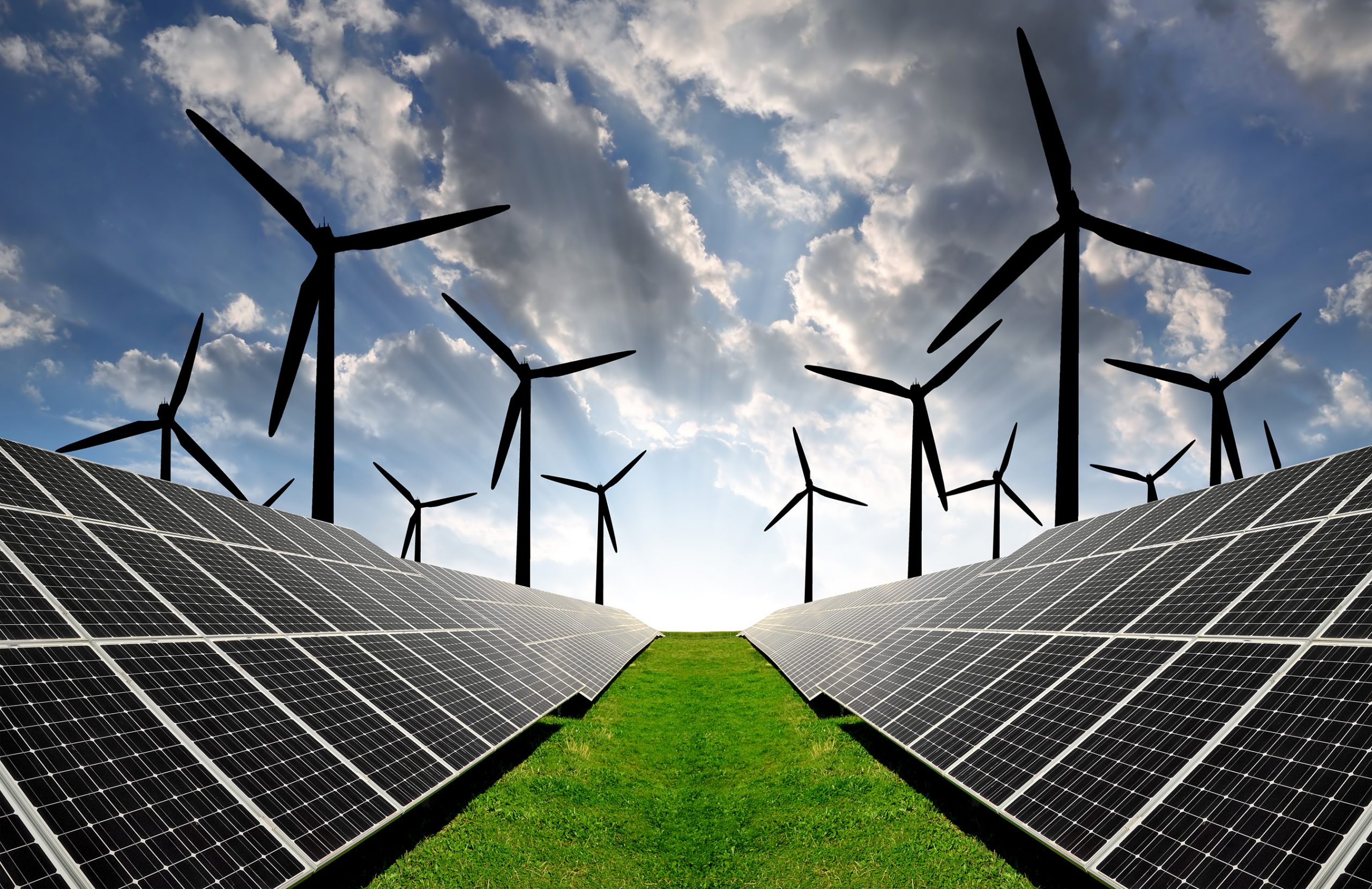Namibia has announced plans to construct four plants powered by renewable energy over the next five years in bid to guarantee local supplies and cut use of fossil fuels.
State-run utility, NamPower Managing Director, Kahenge Haulofu announced the reports and said that the plants will will harness biomass, solar and wind to generate a combined 220 megawatts.
Also Read:Mali to begin construction of Segou solar photovoltaic power plant
Power plants
Construction of the plants is projected to cost US $328m and will begin later this year through 2022. The project according to Haulofu will be financed with internal resources. Nampower currently imports about 60% of its needs, mostly from South Africa.
“The country, which is the driest in sub-Saharan Africa and has more than 300 days of sunshine a year, “stands to benefit as the worldwide boom in the solar market results in reduced costs and improved efficiency of solar photovoltaic panels and related equipment,” said Haulofu.
“Namibia, which is bigger than France by land area but has a population of just 2.6 million people, has potential sites for the development of large-scale wind-power projects,” Haulofu added.
Energy status in Namibia
So far the country has developed several pilot mini-grids, including three off-grid systems: Gobabeb, Tsumkwe Mini Grid and Gam Solar PV Mini Grid. In rural and remote areas where neither the main grid nor mini- grids are available, consumers depend on stand-alone electricity sources, mainly diesel generators. The use of solar technologies has been increasing, and hybrid solar/diesel systems have proved to be technically sound off-grid solutions.
